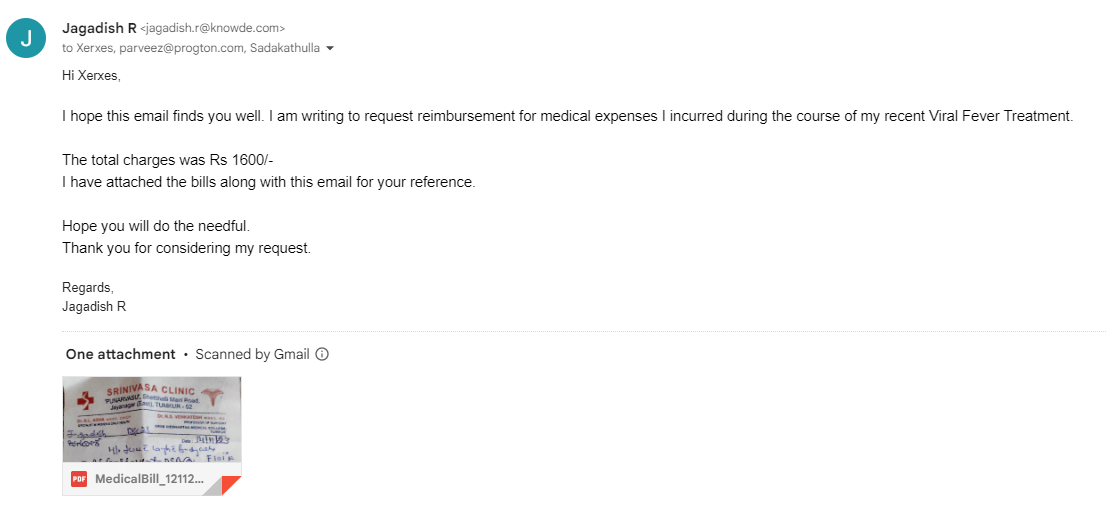Function :
- Crosslinking : When attached to a polymer backbone, silanes can link together polymer molecules through the formation of siloxane bonds, creating a three-dimensional network. The “crosslinking” is activated by ambient moisture and can take place at ambient temperature. Silquest silanes are excellent candidates to consider for improved thermal stability, creep resistance, hardness and chemical resistance in coatings, adhesives, sealants and composites.
- Adhesion Promotion : Silquest silanes have been shown to provide improved adhesion of adhesives, sealants and coatings to various substrates, especially under hot and humid conditions. Silanes are commonly used to improve adhesion to glass, minerals and metals, and typically show similar benefits on difficult substrates such as polyamide, SMC, acrylics, PVC and others.
- Coupling : Silquest silanes can couple inorganic pigments and fillers to organic resins. Coupling typically improves the moisture and chemical resistance of the coating, adhesive or composite.
- Dispersion : Silquest silanes can aid in the dispersion of inorganic pigments and fillers in coatings and sealants. Better dispersion typically leads to lower viscosity in the formulated product, higher pigment and filler loading and improved hiding power of coatings.
Chemistry :
- Silquest organofunctional silanes are bi-functional molecules that have two types of reactivity built into their structures - organic and inorganic. Figure 1 shows the common features of a typical organofunctional silane.

Reaction Mechanisms :
- Reactions at the Functional End of a Silquest Silane : The functional group (Y) is designed for reactivity with an organic resin. The functional group is selected either to react with, to co-polymerize into a resin or to take part in the cure reaction of the resin system. Reactive functional groups include primary and substituted amino, epoxy, methacryl, vinyl, mercapto, urea and isocyanate.
- Linking Group in the Center of a Silquest Silane : Between the functional group and the silicon atom is a linking group, referred to as an “alkylene group.” The silicon-carbon bond of the linking group is stable in most environmental conditions. The inorganic end of the silane possesses hydrolyzable groups that are attached to the silicon. The hydrolyzable groups are usually alkoxy groups such as methoxy, ethoxy or isopropoxy. Each hydrolyzable group reacts at a different rate and releases a different alcohol when it comes in contact with ambient moisture. In some cases only two hydrolyzable groups are present, although a three-group configuration typically results in more moisture-resistant bonds. Most coupling agents have a single silicon atom, but some Silquest silanes are available with multiple silicon atoms.
- Reactions at the Silicon End of a Silquest Silane : Silane hydrolysis rates are influenced by the reaction conditions and the “X” groups on the silicon atom. The “X” groups hydrolyze to form silanols that condense with other silanols or other hydroxyl groups. These condensation reactions liberate water. The speed of both hydrolysis and condensation is controlled by pH [Figure 2-effect of pH].

Each of these reactions will be discussed separately In order to become “active” the Silquest or other Momentive silane must first hydrolyze. The reaction of the silicon end of the molecule, as depicted in Figure 3, is initiated by hydrolysis of the alkoxy group, usually after exposure to ambient moisture, but sometimes by the purposeful addition of water. This reaction releases an alcohol and forms a silanol. The speed with which hydrolysis occurs depends on the pH of the formulation (slowest at pH 7) and upon the steric bulk and polarity of the alcohol residue (methoxy > ethoxy > 2-methoxyethoxy > isopropoxy >> t-butoxy). Both bases (such as organic amines) and acids (such as carboxylic acids) will catalyze the reaction. The speed with which hydrolysis occurs depends on temperature conditions.

The naturally occurring acidity or alkalinity of most inorganic surfaces is typically sufficient to catalyze silane hydrolysis. The adsorbed water found on these surfaces is generally adequate to complete hydrolysis of a Silquest silane.


























